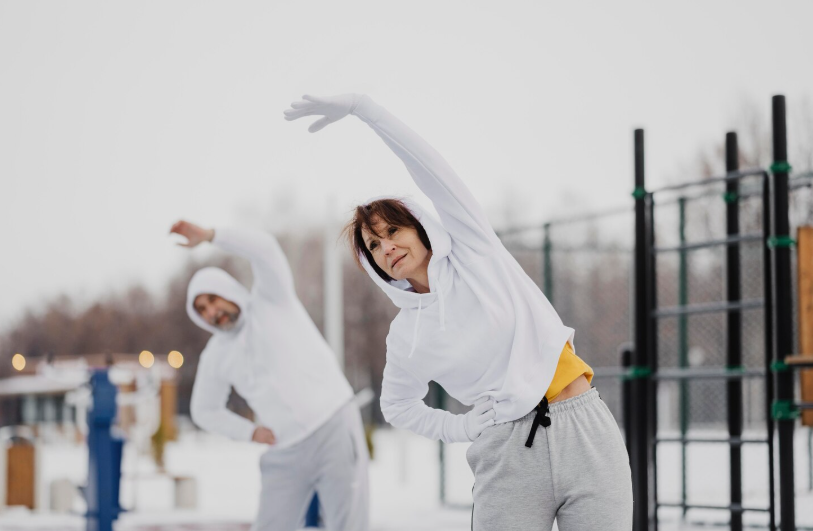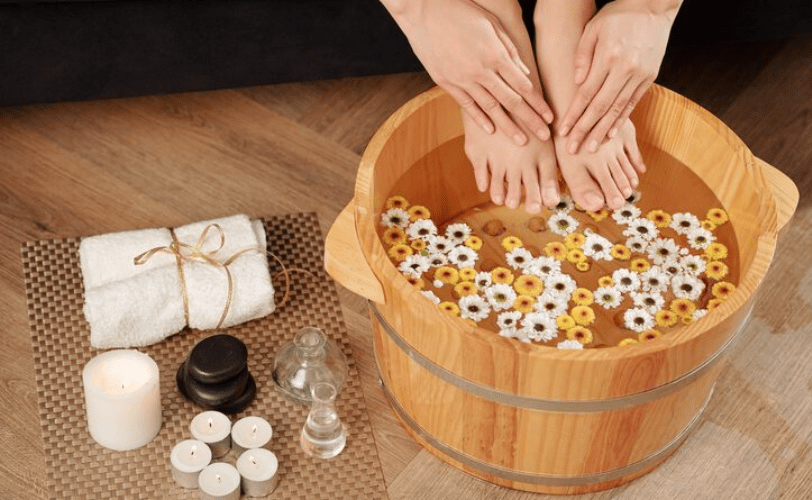Article: The Science of Winter Recovery: A Comprehensive Guide to Post-Exercise Massage

The Science of Winter Recovery: A Comprehensive Guide to Post-Exercise Massage
As the temperature drops, our bodies respond in fascinating ways that affect how we recover from exercise. When the thermometer dips below 15°C (59°F), blood vessels naturally constrict to preserve core body heat, reducing blood flow to muscles by up to 20%. This brilliant survival mechanism unfortunately slows recovery by limiting oxygen delivery and waste removal from worked muscles. Understanding this science helps explain why your usual post-workout routine might feel less effective in winter - and how targeted massage can bridge this seasonal gap.

For the Weekend Skier: Mountain Adventures Made Manageable
The joy of carving through fresh powder comes at a cost to your muscles. Skiing's characteristic semi-squat position keeps your thigh muscles in constant contraction, while stabilizing muscles work overtime to maintain balance. This leads to microtears in muscle fibers and lactic acid buildup that feels particularly stiff in cold weather. Begin recovery by warming muscles with long, gliding strokes from ankles to hips, using firm but comfortable pressure. Focus on quadriceps and hamstrings with kneading motions, paying special attention to the area above knees where tension accumulates. The glutes benefit from circular pressure applications to release deep fatigue. Research shows that starting massage within 30 minutes of skiing can reduce next-day soreness by up to 40% in winter conditions.

For the Winter Walker or Runner: Defrosting Icy Muscles
Cold weather running presents unique challenges - frozen ground transmits impact differently, and muscles work harder to stabilize on unpredictable surfaces. The combination can lead to 25% more muscle fatigue compared to fair-weather running. Start with your feet, where impact forces begin. Use thumb circles along the arch, then progress to systematic compression up the calves. The iliotibial bands along outer thighs require special attention - apply steady pressure from hips to knees. For uphill enthusiasts, quadriceps and hip flexors need cross-fiber friction to break down adhesions. Studies indicate that proper winter recovery massage can improve running economy by 15% in cold conditions by maintaining muscle elasticity that cold weather typically compromises.

For the Indoor Exerciser: Climate-Controlled Recovery
Even in climate-controlled environments, winter affects our bodies through changes in atmospheric pressure and reduced daylight exposure. Muscles take 30% longer to warm up in colder months, and recovery processes naturally slow. Begin with light percussion along major muscle groups to stimulate neural activation. Follow with broad compression strokes across chest and back muscles. For strength training recovery, employ techniques moving perpendicular to muscle fibers. Integrating dynamic stretching during massage enhances flexibility gains while addressing seasonal recovery slowdown. The combination of manual pressure and incorporated movement proves especially valuable for counteracting stiffness that develops when training in heated but dry indoor environments.
The timing and environment for winter massage significantly impact results. The first hour after exercise offers optimal conditions for circulatory-focused massage, when muscles are still warm and receptive. Environment matters too - research shows massage effectiveness increases by 35% when performed in environments maintained at 20-23°C. This thermal range promotes vascular dilation for improved circulation while optimizing muscle elasticity. The psychological benefits are equally important - the tactile reassurance of massage becomes increasingly valuable during months when daylight diminishes and seasonal mood variations may impact motivation.
Current research continues to validate massage's value for cold-weather activity, showing improvements in muscle function and psychological recovery. This convergence of benefits makes therapeutic massage particularly valuable when natural recovery processes face winter's challenges. By understanding and applying these practical principles, active people can maintain their routines throughout winter, transforming cold-weather obstacles into opportunities for enhanced recovery and lasting fitness.



Leave a comment
This site is protected by hCaptcha and the hCaptcha Privacy Policy and Terms of Service apply.